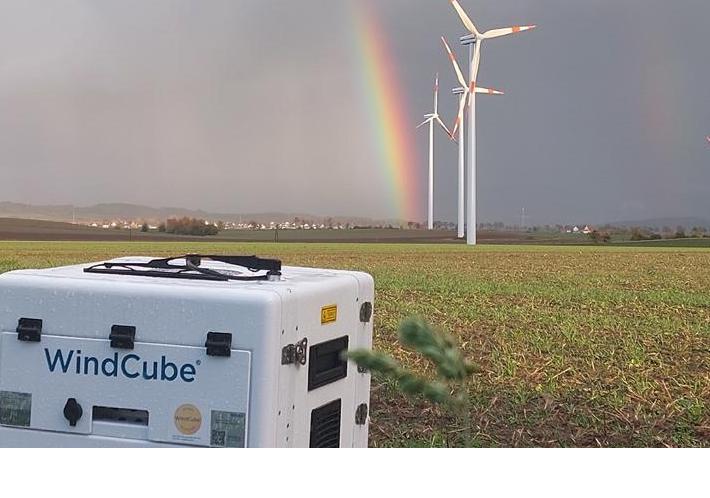- Introduction
Modern wind energy faces the challenge of accurately assessing potential wind resources, which determine the profitability and feasibility of wind farm investments. In this field, Light Detection and Ranging (Lidar) technology plays a key role, increasingly replacing traditional meteorological masts. Due to its capabilities, Lidar allows precise measurement of wind speed and direction at various heights, even well above 100 meters, which is crucial for designing modern wind turbines.
- The Role of Lidar in Wind Resource Assessment
Wind Resource Assessment (WRA) is one of the most critical stages in planning a wind farm. Accurate data enables the determination of investment profitability and helps convince potential investors to provide funding. Traditional methods relying on meteorological masts have several limitations, such as high costs, installation difficulties, and the need to extrapolate measurements to higher altitudes. Lidar overcomes these challenges by enabling precise measurements at actual turbine hub heights.
The use of Lidar technology reduces uncertainties in analyses, which is crucial for calculating Annual Energy Production (AEP). Higher measurement accuracy increases investor confidence, improving the chances of securing financing for wind farm construction.
- Advantages of Lidar Technology
Lidar provides highly accurate measurements by using laser beams to determine the movement of air particles, allowing wind assessment without the need for physical sensors. This makes it more flexible and easier to implement compared to traditional measurement methods. Additionally, it eliminates the need to construct tall meteorological masts, leading to significant cost reductions and mitigating the risks associated with installation and maintenance.
Safety is another important advantage—eliminating the need for work at great heights significantly reduces accident risks. Compared to traditional methods, Lidar can be used in both flat terrain and challenging topographic conditions, as well as offshore environments, where it has become the standard measurement method.
- Project Bankability with Lidar Technology
When financing wind projects, banks and investment institutions require reliable data to minimize uncertainty related to expected energy production. Lidar enhances project credibility by providing precise and verified wind measurements. The availability of data for turbine hub heights and the low uncertainty of the measurements contribute to reducing overall uncertainty levels. Consequently, the differences between P50, P75, and P90 energy production estimates decrease, enabling better planning and reducing financial risks.
Moreover, Lidar technology’s compliance with international standards such as IEC 61400-15 makes it widely accepted in the financial sector. Many banks and investment institutions recognize Lidar measurements as a key component in project risk assessments, increasing the likelihood of securing necessary funding.
- Lidar Applications in WRA Campaigns
Lidar can be used in various configurations, depending on the project’s characteristics. One method is co-locating Lidar with a meteorological mast to validate results and reduce vertical extrapolation uncertainty. Another strategy involves deploying Lidar in an area with unknown wind characteristics, where its data supplements traditional measurements. In many modern projects, especially offshore, Lidar is used as a standalone measurement tool, significantly simplifying and accelerating wind resource assessments.
The use of Lidar in WRA campaigns enables better turbine siting, precise energy production estimates, and wind farm performance optimization. Its flexibility also allows for continuous wind monitoring after a farm becomes operational, further improving its efficiency.
- Conclusion
Lidar technology has revolutionized wind resource assessment, becoming an essential part of modern WRA campaigns. Its precision, mobility, and flexibility are making it an increasingly common replacement for traditional meteorological masts, especially in offshore environments. By enhancing project bankability through reduced measurement uncertainties, Lidar is considered a key tool in the wind energy sector.
Further advancements in Lidar technology, combined with sophisticated data analysis models, will enable even more accurate energy production forecasts and wind farm optimization. As renewable energy sources continue to gain prominence in the global market, Lidar remains one of the most vital tools supporting the growth of sustainable energy.


